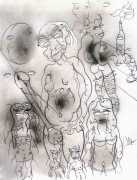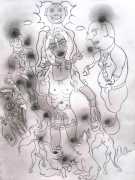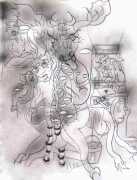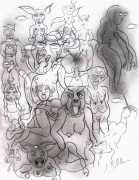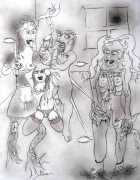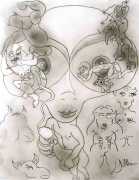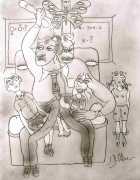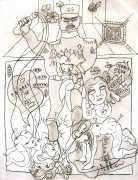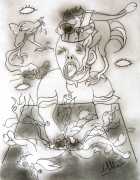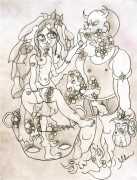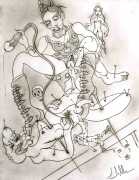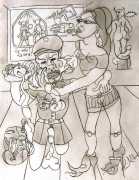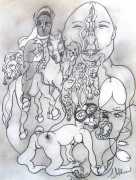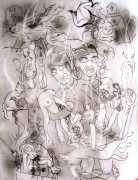 Psychopathia Sexualis: Eine Klinisch-Forensische Studie (Sexual Psychopathy: A Clinical-Forensic Study) is an 1886 book by the German psychologist Richard Freiherr von Krafft-Ebing, and one of the earliest texts about sexual pathology. The book details a wide range of paraphilias, and focuses on male homosexuality and bisexuality. Krafft-Ebing also coined the terms ‘sadism’ and ‘masochism’. In an attempt to explain homosexuality as an aberration, Krafft-Ebing combined Karl Ulrichs’ ‘uranianism’ theory of comradely intimacy with Bénédict Morel’s theory of disease, and concluded that most homosexuals suffer from a mental illness caused by degenerate heredity. The book was very controversial at the time, arousing the anger of the church in particular, and had a considerable influence on continental European forensic psychiatry in the first part of the twentieth century.
Psychopathia Sexualis: Eine Klinisch-Forensische Studie (Sexual Psychopathy: A Clinical-Forensic Study) is an 1886 book by the German psychologist Richard Freiherr von Krafft-Ebing, and one of the earliest texts about sexual pathology. The book details a wide range of paraphilias, and focuses on male homosexuality and bisexuality. Krafft-Ebing also coined the terms ‘sadism’ and ‘masochism’. In an attempt to explain homosexuality as an aberration, Krafft-Ebing combined Karl Ulrichs’ ‘uranianism’ theory of comradely intimacy with Bénédict Morel’s theory of disease, and concluded that most homosexuals suffer from a mental illness caused by degenerate heredity. The book was very controversial at the time, arousing the anger of the church in particular, and had a considerable influence on continental European forensic psychiatry in the first part of the twentieth century.
Claude Bolduc’s fifteen drawings inspired by his reading of Psychopathia Sexualis incorporate many of the themes and elements explored earlier in the ‘Sanguines’ series, this time in stark monochrome and particularly referencing supposedly inherent masculine traits of authority, violence and control.


